Email marketing automation is a powerful strategy that simplifies how you engage with your audience. This guide provides you with an in-depth exploration of Email Marketing Automation: A Step-by-Step Guide, designed to help you navigate each critical aspect of automating your email marketing efforts. From planning your strategy to advanced techniques, this article will serve as a comprehensive resource for marketers looking to optimize their campaigns.
Uncover everything you need to know about marketing automation tools in this detailed guide.
Planning Your Email Marketing Automation Strategy
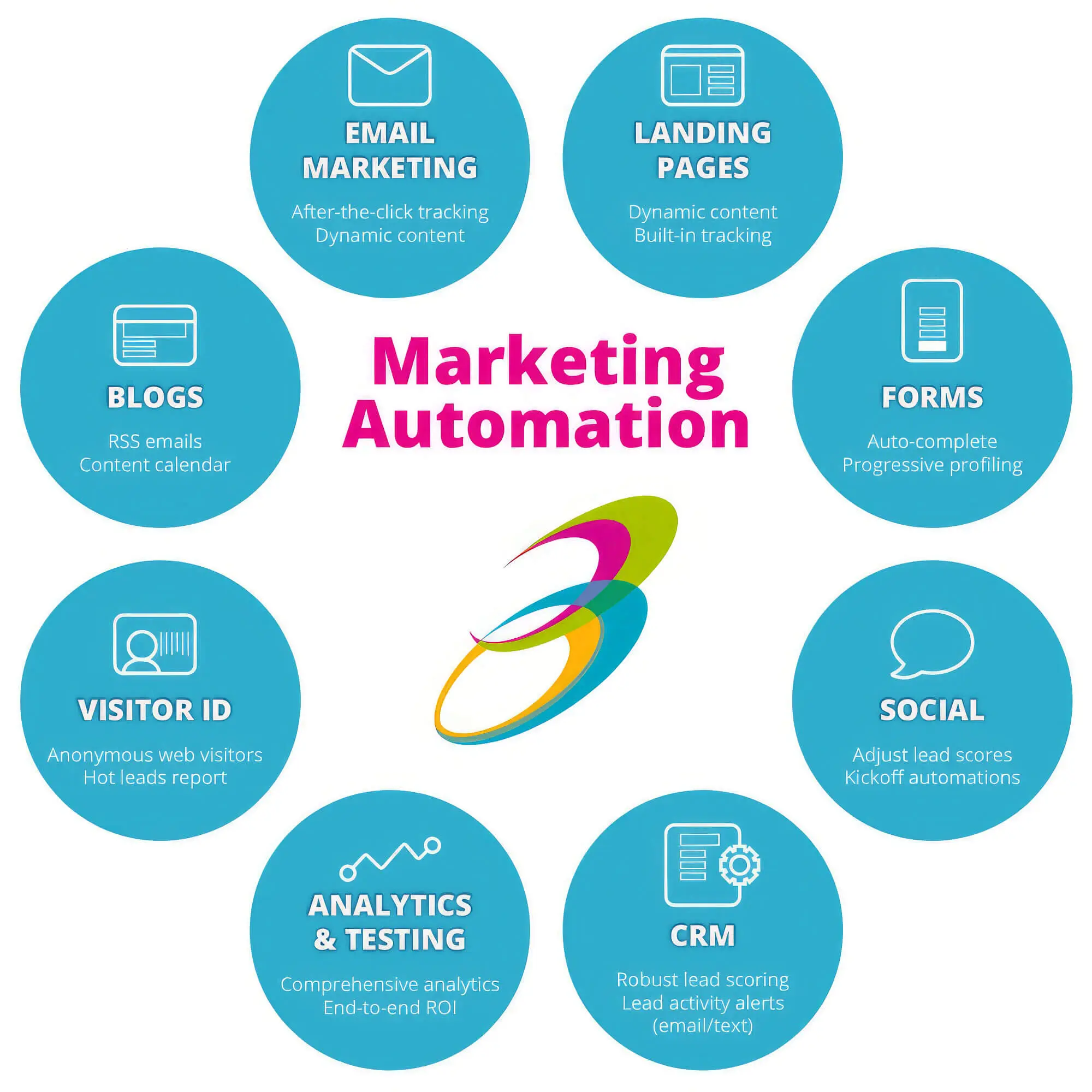
Creating a successful email marketing automation strategy begins with careful planning. The foundation of any effective campaign lies in understanding your objectives and aligning them with your overall marketing goals.
Defining Your Goals and Objectives
Before you dive into the technicalities of automation, it’s essential to define what you aim to achieve with your email marketing. Are you focusing on increasing sales, nurturing leads, enhancing customer relationships, or improving brand awareness? Each goal requires a different approach, so it’s crucial to be precise.
Setting measurable objectives follows goal definition. This could involve quantifying targets such as the desired open rates, click-through rates, or conversion rates. By having clear, quantifiable objectives, you will be better positioned to assess the success of your email campaigns.
Understanding Your Target Audience
An integral part of planning your email marketing strategy is gaining a thorough understanding of your target audience. Analyzing demographics, preferences, buying behaviors, and engagement levels will enable you to craft personalized content that resonates with your recipients.
Investing time in creating buyer personas can facilitate this process. These profiles represent segments of your audience and provide insights into their motivations, challenges, and preferences. Understanding your audience profoundly allows you to tailor your automation strategies effectively.
Developing a Content Calendar
Once you have defined your goals and understood your audience, the next step is developing a content calendar. This roadmap outlines what type of content you will send, when you will send it, and to whom.
A well-structured content calendar ensures consistency and helps maintain engagement over time. It also allows you to align your email content with ongoing campaigns and promotions across other channels, maximizing your overall marketing efforts.
Get insights into the top-rated marketing automation tools and how they compare.
Choosing the Right Email Marketing Automation Platform
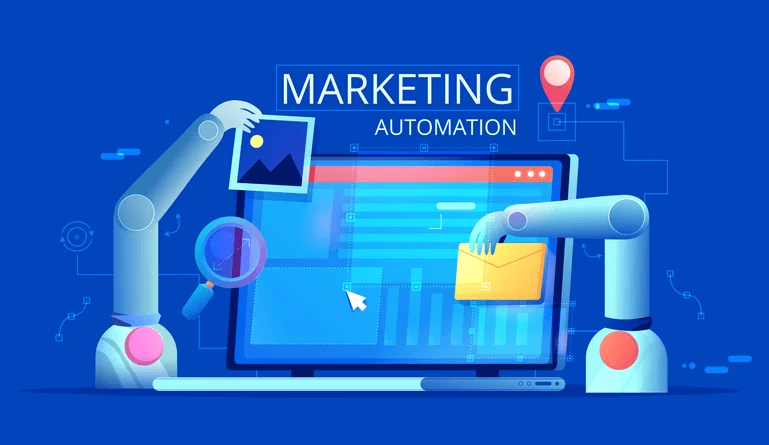
With your strategy in place, the next step is selecting an email marketing automation platform that suits your needs. Various platforms offer unique features and functionalities, making it crucial to choose wisely.
Assessing Features and Capabilities
When evaluating different email marketing platforms, consider the features that will benefit your specific requirements. Look for tools that offer robust automation capabilities, segmentation options, A/B testing functionality, and analytics tracking.
In addition to core features, also pay attention to user-friendliness and customization capabilities. The right platform should allow you to create tailored workflows without extensive technical knowledge.
Get Now: Unlock 300+ Proven Ways to Make Money With GPT – Your Shortcut to Financial Freedom!
Pricing Structures
Pricing can vary widely among different email marketing tools. It’s important to assess not only the upfront costs but also the long-term value. Some platforms charge based on the number of subscribers, while others may have tiered pricing models based on features.
Before committing, ensure that the features you need are included in your chosen pricing model. You wouldn’t want to find yourself limited by budget constraints later on.
Customer Support and Resources
Good customer support is essential, especially if you are new to email marketing automation. Investigate the support channels available, such as live chat, phone support, or a comprehensive knowledge base.
A platform that offers ample resources such as tutorials, webinars, and community forums can significantly enhance your learning experience. Investing in a platform that supports your growth journey can save you time and frustration in the long run.
Learn more: Benefits of Marketing Automation for Small Businesses
Building Your Email List: Best Practices and Strategies
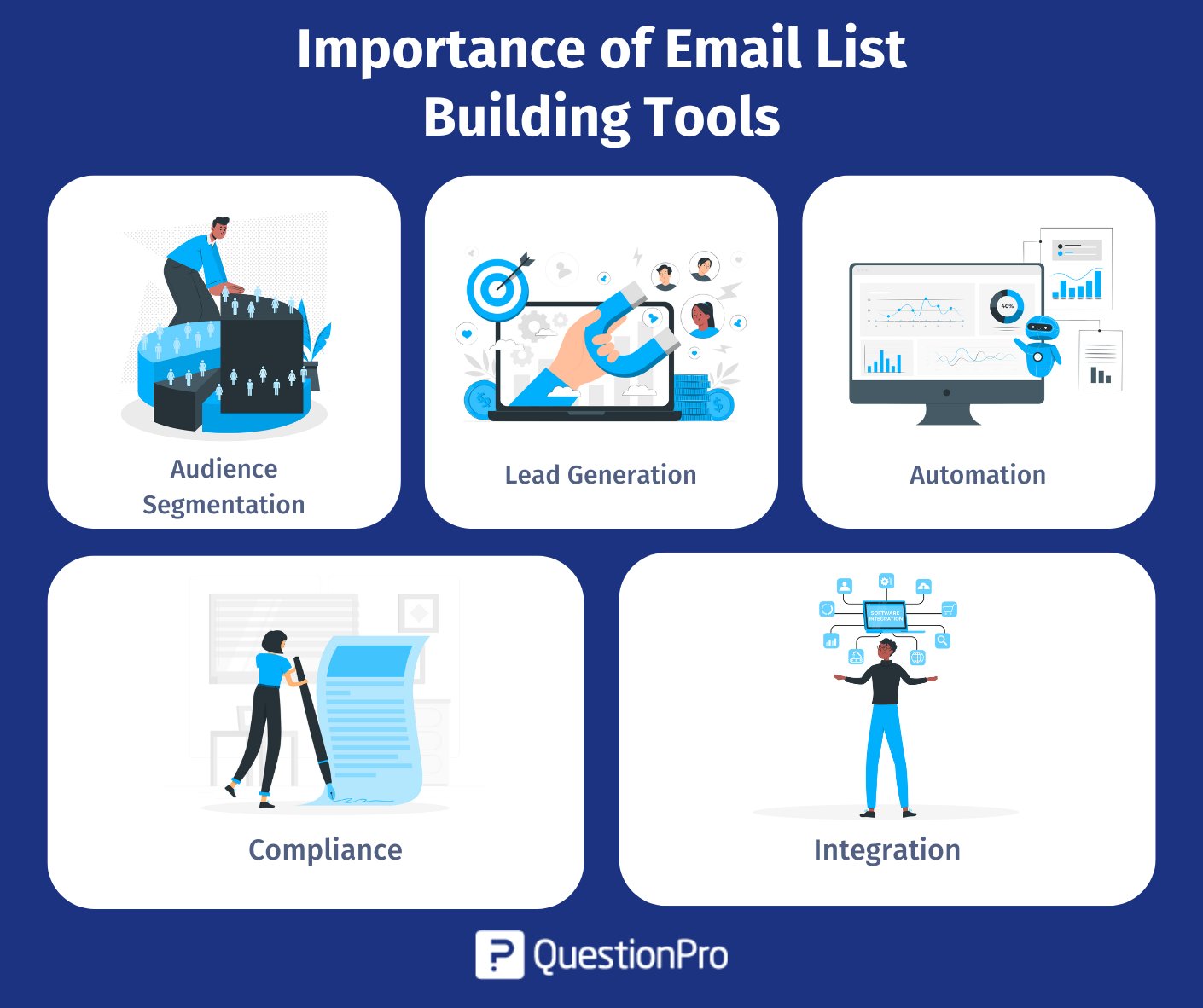
Having a robust email list is foundational to the success of your automated campaigns. Without a list of engaged subscribers, even the most sophisticated automation strategies will fall flat.
Lead Magnets and Incentives
One effective way to grow your email list is through lead magnets – valuable resources offered in exchange for a subscriber’s contact information. This could be in the form of eBooks, whitepapers, discount codes, or exclusive access to webinars.
The key is ensuring that the lead magnet is relevant and valuable to your target audience. If they see genuine worth in what you’re offering, they’ll be more likely to share their email addresses willingly.
Learn more: What is Marketing Automation? Boost Your Business Efficiency with Automated Strategies
Optimizing Signup Forms
Your email signup forms play a significant role in attracting subscribers. To optimize them, keep the forms simple and user-friendly. Only ask for essential information initially; collecting too much data upfront can deter potential subscribers.
Consider placing signup forms strategically on your website, like pop-ups, landing pages, or within blog posts. The visibility of the forms often determines the rate at which you build your list.
Leveraging Social Media
Social media platforms offer an excellent opportunity to drive traffic to your email signup forms. Promote your lead magnets and highlight the benefits of subscribing to your email list through engaging posts.
Running targeted ads can further enhance your reach and help attract followers who are genuinely interested in your offerings. Engaging with your audience on social media can create a sense of community, encouraging signups.
Get Now: The Faceless Marketing Masterclass – Build a Powerful Online Brand Without Ever Showing Your Face
Segmenting Your Audience for Targeted Campaigns
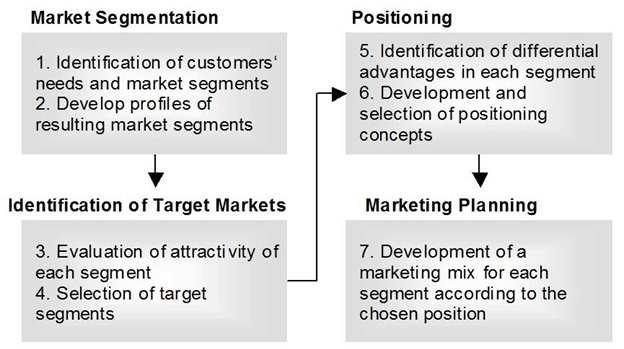
Audience segmentation is a cornerstone of successful email marketing automation. By dividing your email list into distinct groups based on specific criteria, you can send highly targeted messages that resonate with each group.
Criteria for Segmentation
Segmentation can be based on various factors including demographics, behavior, purchase history, and engagement levels. For instance, you might segment your audience into categories like new subscribers, frequent buyers, or those who haven’t interacted with emails recently.
Understanding what drives your customers’ actions can help tailor your messages effectively. Furthermore, well-defined segments allow for personalized experiences, increasing the likelihood of higher engagement rates.
Learn more: How to Choose the Right Marketing Automation Tool
Creating Personalized Experiences
Once segmented, you can create tailored content that speaks directly to each group’s interests and needs. Personalized emails, whether through dynamic content or customized messaging, can significantly improve open rates and conversions.
Consider using the recipient’s name in the subject line or body of the email, and reference past purchases or behavior. When customers feel recognized and valued, they are more likely to respond positively.
Testing Different Segments
Testing different segments can provide valuable insights into what works best for your audience. A/B testing various subject lines, content styles, and calls-to-action for different segments helps identify trends and preferences.
By continually analyzing the performance of your segmented campaigns, you can refine your approach and improve future email marketing efforts.
Learn more: Free Marketing Automation Tools vs Paid Solutions
Creating Engaging Email Templates and Content

The design and content of your emails play a critical role in capturing your audience’s attention. An engaging template combined with compelling content can lead to higher engagement and conversion rates.
Designing Visually Appealing Templates
Your email templates should be visually appealing and aligned with your brand identity. Ensure that your branding elements, such as colors, fonts, and logos, are consistent throughout your emails.
Utilizing a responsive design ensures that your emails look good on both desktop and mobile devices. A clean layout, easy navigation, and clear calls-to-action contribute to an enjoyable user experience.
Crafting Compelling Subject Lines
The subject line often serves as the first impression of your email. It must be enticing enough to encourage recipients to open the email. Focus on clarity, urgency, and relevance when crafting subject lines.
Experiment with different lengths, formats, and tones to find what resonates best with your audience. Personalization in subject lines can further enhance open rates, so consider incorporating individual names or preferences.
Writing Engaging Email Copy
Once your email is opened, the content should maintain the reader’s interest. Keep your copy concise, informative, and relevant to the recipient’s needs. Use storytelling techniques where appropriate to create an emotional connection.
Including valuable information, tips, or insights can position you as a thought leader in your industry. Always include clear calls-to-action to guide readers on what steps to take next.
Read more:
- GetResponse Review: In-Depth Analysis of Features, Pricing, and Performance
- Systeme.io Review: The Ultimate All-in-One Marketing Tool for Entrepreneurs
Setting Up Automated Email Sequences (Workflows)

Automation allows you to send emails at optimal times without manual intervention. Setting up automated email sequences, commonly known as workflows, is essential for maximizing your efficiency.
Types of Automated Sequences
Different types of automated sequences serve various purposes. Welcome emails, nurture sequences, cart abandonment reminders, and post-purchase follow-ups are examples of common workflows that can enhance customer engagement.
Each sequence should cater to specific stages in the customer journey, providing relevant content that guides them toward the next steps.
Structuring Your Workflows
Structuring your automated workflows involves mapping out the customer journey. Identify key touchpoints where automated emails would be beneficial, and outline the flow of communication.
Make sure that each email within the sequence builds upon the previous one, delivering value and maintaining engagement. Monitoring user interactions with the emails can inform adjustments to your workflows over time.
Implementing Triggers
Triggers are conditions that prompt automated emails to be sent. These could be based on specific user actions or inactions, such as signing up for a newsletter, clicking a link, or making a purchase.
Clearly defining triggers allows for timely and relevant communication with your audience. This kind of responsiveness can enhance customer satisfaction and loyalty.
A/B Testing and Optimization of Email Campaigns
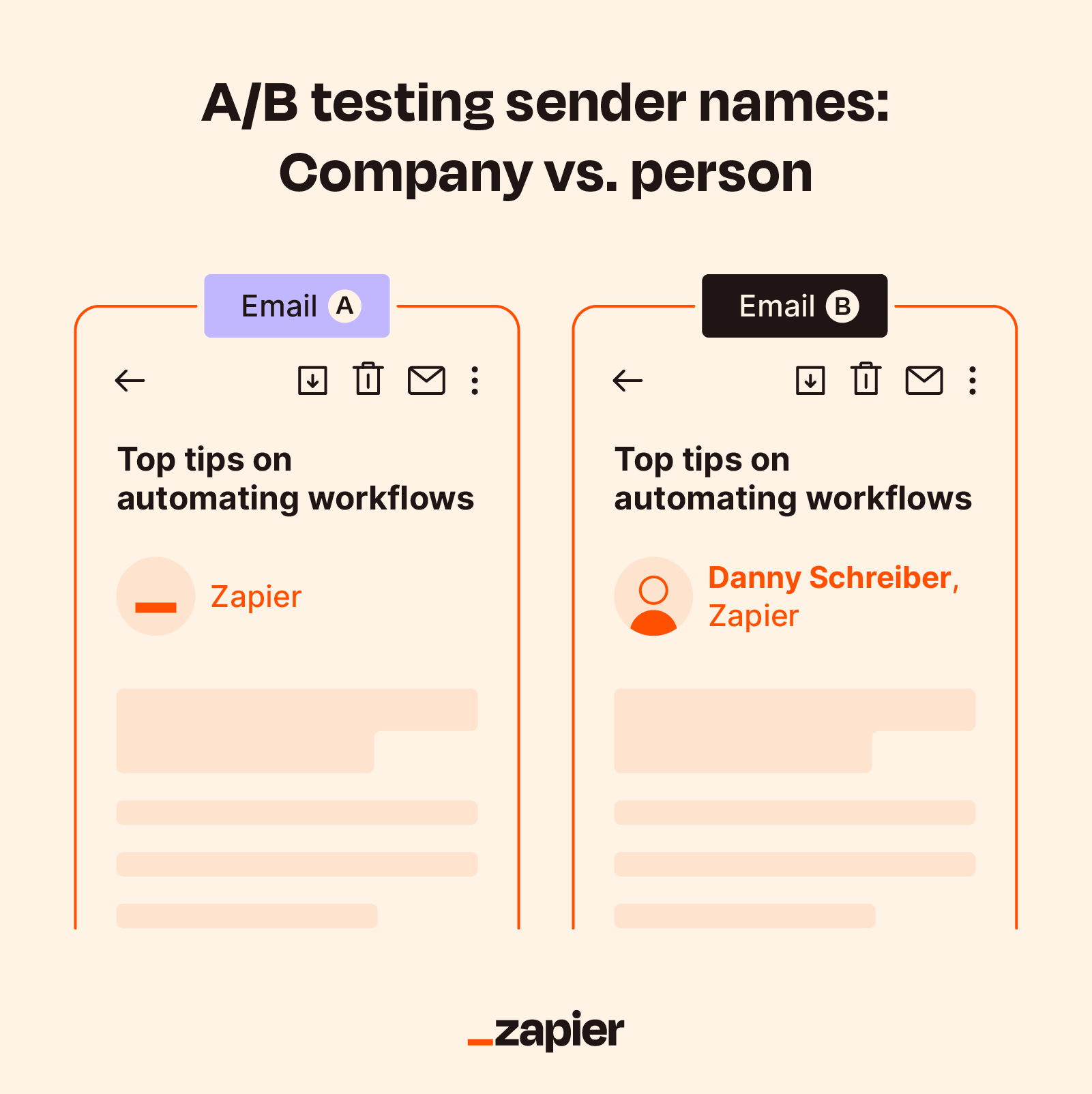
A/B testing is a critical component of optimizing your email marketing automation efforts. By testing different variables, you can discover what resonates best with your audience and refine your campaigns accordingly.
Identifying What to Test
Common elements to test include subject lines, email content, layouts, calls-to-action, and sending times. Consider your campaign goals when deciding which aspects to focus on during your tests.
While it might be tempting to test multiple variables simultaneously, it’s best practice to change one element at a time. This way, you can accurately pinpoint what contributed to any changes in performance.
Analyzing Results
After running A/B tests, analyze the results carefully. Look for patterns in open rates, click-through rates, and conversions to determine which variations performed better.
Use these insights to inform future email campaigns, enabling you to continuously improve your strategies. Documenting your findings creates a knowledge base that can streamline future testing processes.
Iterating Based on Feedback
Optimization doesn’t stop after one round of testing. Regularly solicit feedback from your audience regarding the content and format of your emails. This can be done through surveys or direct responses.
Incorporating audience feedback into your email marketing strategy can help you stay relevant and responsive to their needs, ultimately driving higher engagement.
Monitoring Key Metrics and Analyzing Results
Constant monitoring of key metrics is vital to assess the effectiveness of your email marketing automation efforts. Performance analytics provide insights that can shape your future strategies.
Key Metrics to Track
Some of the key metrics to monitor include open rates, click-through rates, conversion rates, bounce rates, and unsubscribe rates. Each metric provides different insights into how your audience is interacting with your emails.
Understanding these metrics allows you to identify areas for improvement. For example, low open rates may indicate unappealing subject lines, while high unsubscribe rates may signal that your content isn’t resonating.
Using Analytics Tools
Most email marketing platforms offer built-in analytics tools to track performance metrics automatically. Familiarize yourself with these tools to gain real-time insights into how your campaigns are performing.
In addition to platform analytics, consider integrating third-party tools for enhanced analysis. Combining data from multiple sources can provide a more comprehensive view of your email marketing effectiveness.
Making Data-Driven Decisions
Ultimately, the goal of monitoring metrics is to make informed decisions about your email marketing strategy. Regularly reviewing performance data allows you to identify trends, adjust tactics, and refine content.
Data-driven decisions lead to more effective email marketing campaigns, resulting in improved engagement and conversions. Embracing a culture of continuous improvement based on analytics can set you apart from competitors.
Staying Compliant with Email Marketing Regulations (CAN-SPAM)
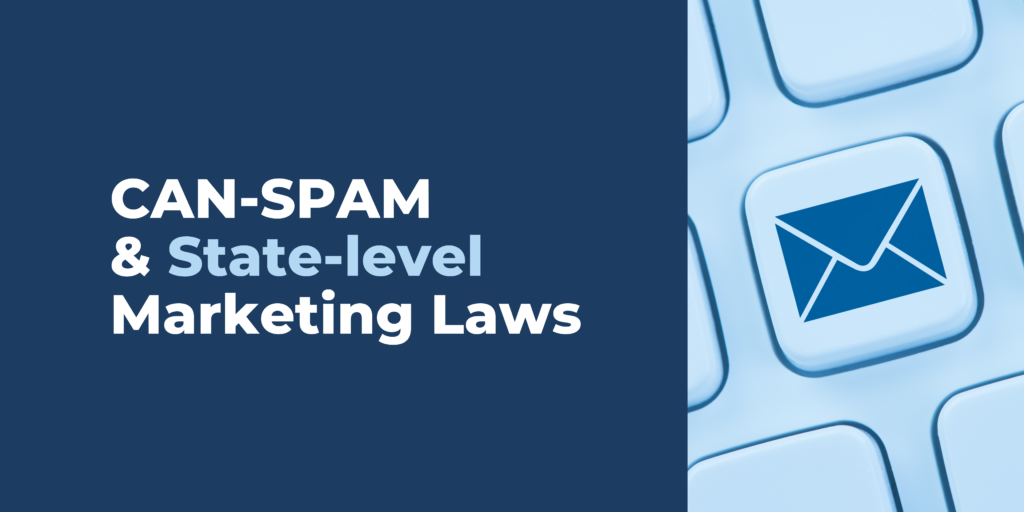
Compliance with email marketing regulations is crucial to building trust with your audience and avoiding legal repercussions. The CAN-SPAM Act sets forth guidelines that marketers must adhere to when conducting email campaigns.
Understanding the Basics of CAN-SPAM
The CAN-SPAM Act outlines several requirements for commercial emails. Among these are the necessity to include a clear option for recipients to opt-out of future communications and the requirement that emails must not contain misleading information.
Marketers must also honor opt-out requests promptly. Failing to comply can result in hefty fines and damage to your brand’s reputation.
Crafting Clear Privacy Policies
Transparency is key. Provide clear information about how subscriber data will be handled through privacy policies. Assure your audience that their data is safe and used solely for intended purposes.
For additional trust, consider including links to your privacy policy in your emails. Keeping your subscribers informed about their data rights fosters a healthy relationship.
Regularly Reviewing Compliance Policies
Laws and regulations concerning email marketing can evolve. Regular reviews of your compliance policies ensure that you remain aligned with current laws.
Staying informed about changes in legislation and best practices reflects professionalism and builds credibility with your audience.
Advanced Email Marketing Automation Techniques
Once you have mastered the basics of email marketing automation, you may want to explore advanced techniques to further enhance your campaigns.
Behavioral Trigger Emails
Behavioral trigger emails are sent based on specific actions taken by recipients. This includes welcome emails, reminders about abandoned carts, and follow-ups after a purchase.
Such emails leverage timing and relevance, making them much more impactful than standard newsletters. Tailoring messages based on behavior demonstrates attentiveness and boosts engagement.
Dynamic Content
Dynamic content allows you to customize emails for different segments of your audience. By incorporating personalized product recommendations or varying images based on user preferences, you create a more individualized email experience.
This level of personalization can greatly enhance user engagement and increase conversion rates, as the content feels more relevant to the recipient.
Integrating AI and Machine Learning
Artificial intelligence and machine learning technologies are increasingly being utilized in email marketing automation. These tools help analyze vast amounts of data to predict subscriber behavior and preferences, allowing for hyper-targeted campaigns.
Leveraging AI can automate tasks such as optimizing send times, suggesting content, and personalizing communications. As these technologies continue to evolve, they hold the potential to revolutionize how email marketing is executed.
Conclusion
In conclusion, Email Marketing Automation: A Step-by-Step Guide equips marketers with the knowledge needed to create effective automated email campaigns. From initial planning and choosing the right platform to implementing advanced techniques, every step plays a crucial role in enhancing engagement and achieving marketing goals.
As you embark on your email marketing automation journey, remember that continuous evaluation and adaptation are key. Stay informed about industry trends, experiment with different strategies, and always prioritize providing value to your audience. With dedication and strategic planning, your email marketing automation efforts can lead to remarkable success.


Leave a Reply